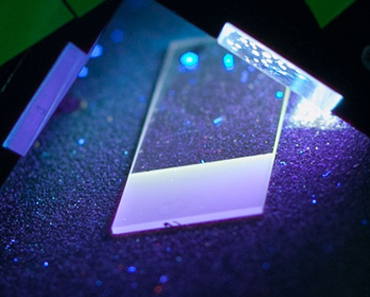
Decontamination research has determined that high-irradiance UV LEDs successfully inactivates biological molecules such as DNA and RNA. Even hard targets like RNaseA can be completely inactivated in minutes with the right wavelength and intensity of ultraviolet light.
Inactivation of RNase is an ongoing challenge for sequencing and other studies reliant upon RNA. While it has long been known that UV can inactivate enzymes, RNaseA is particularly difficult to inactivate, with a significant fraction active after autoclaving, necessitating the use of DEPC treatment or other chemical treatments. Maintenance of RNase-free work areas and surfaces is an ongoing, time consuming challenge and a fast, efficient means of RNase inactivation would be a benefit. our research has determined that UV LED sources can deliver significantly higher directed radiant power than standard mercury UV lamp allowing delivery of higher doses (J/cm²) in shorter time frames.
We have discovered a synergy between the effects of 275 nm and 365 nm wavelengths for RNaseA inactivation. This suggests that the use of multiple targeted wavelengths is a viable path for control and rapid inactivation of proteins and enzymes.